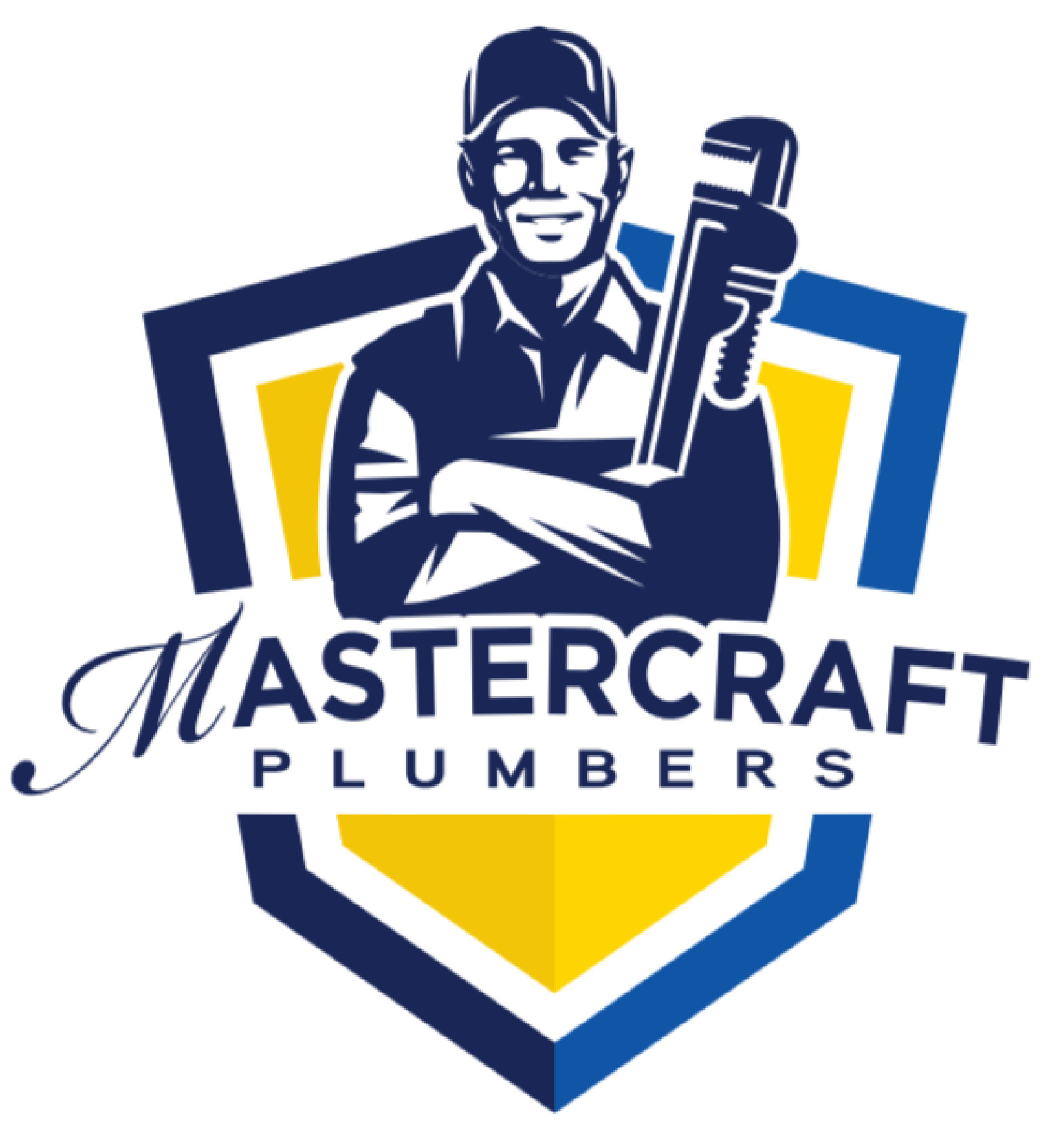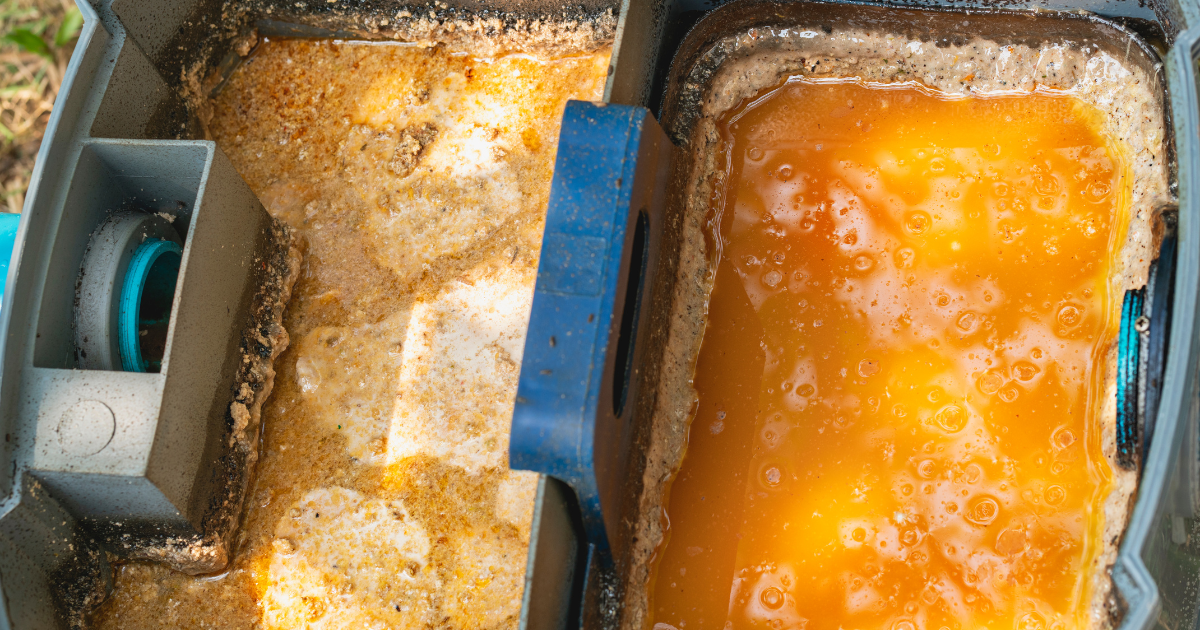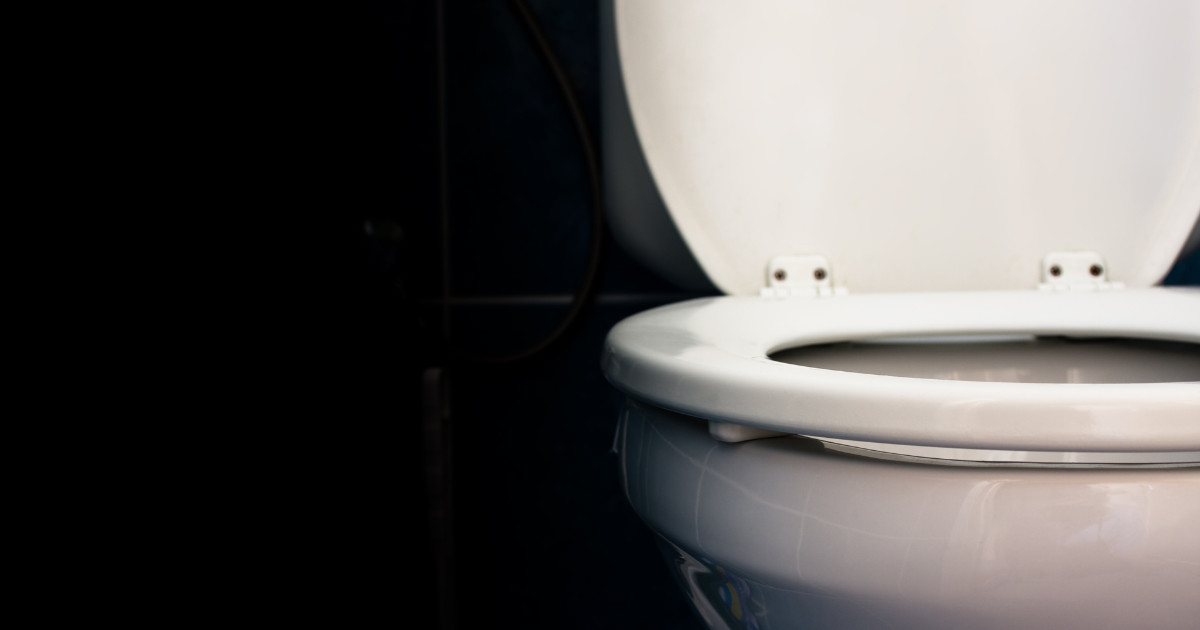Understanding Your Home's Plumbing System: A Beginner's Guide
Welcome to the world of home plumbing! This guide is designed to help you understand the basic layout and components of your home's plumbing system. Whether you're a new homeowner in San Diego or someone interested in home maintenance, knowing plumbing basics can help you manage minor repairs, make informed decisions, and communicate effectively with professionals when needed.
What Makes Up Your Home's Plumbing System?
Your home's plumbing system is more than just pipes and faucets. It's a complex network designed to bring fresh water into your home, heat it for cooking, cleaning, and bathing, and carry waste water away. Here’s what you need to know:
1. Water Supply System
The water supply system is responsible for bringing fresh water into your home. It starts with either a municipal water supply or a private well. In San City homes, water pressure is typically regulated by the municipality, ensuring that you receive water at a sufficient pressure for all your household needs.
Main Water Shut-off Valve: One of the most critical components to know is the main water shut-off valve. This valve controls the flow of water into your plumbing system. It’s usually located near where the water main enters your home. Knowing where this valve is and how to operate it is crucial, especially in emergencies like a major leak.
2. Drain-Waste-Vent System (DWV)
The DWV system ensures that waste water and sewage are efficiently transported from your home to the sewer or septic system. It also vents sewer gases out of your home through vent pipes. Here are the main parts:
- Drains: Every fixture has a drain to allow water and waste to exit.
- Traps: These are curved pipe sections beneath drains that keep a small amount of water to prevent sewer gases from entering the home.
- Vents: Vents are pipes from your plumbing fixtures to the outside of your building, ensuring that water flows smoothly and odors are vented out.
3. Common Plumbing Fixtures
These are the parts of your plumbing system that you interact with daily:
- Faucets: Controls the release of water from the pipes to your sink, shower, or bathtub.
- Toilets: One of the most crucial fixtures in your home, toilets are directly connected to the sewer system.
- Water Heaters: Typically located in the basement or a utility closet, heat your water to the desired temperature before it's delivered to faucets or appliances.
- Dishwashers and Washing Machines: These appliances are also part of your home's plumbing and are connected to the supply and drainage systems.
Tips for Basic Plumbing Maintenance
Understanding your home’s plumbing system is the first step toward effective maintenance. Here are a few tips to keep your system in good shape:
- Regularly check for leaks in visible pipes and areas under sinks. Small drips can lead to big problems if they aren't addressed promptly.
- Learn how to shut off the water to individual fixtures. This can be invaluable when you need to make repairs without shutting off the water supply to the entire house.
- Prevent clogs before they happen by using strainers in your sinks to catch food particles and hair and avoiding flushing anything besides toilet paper down your toilets.
By familiarizing yourself with the basics of your home’s plumbing system, you can prevent minor issues from becoming major headaches and understand when to call a professional. Stay proactive about maintenance and enjoy the comfort and reliability of your well-functioning plumbing system.


